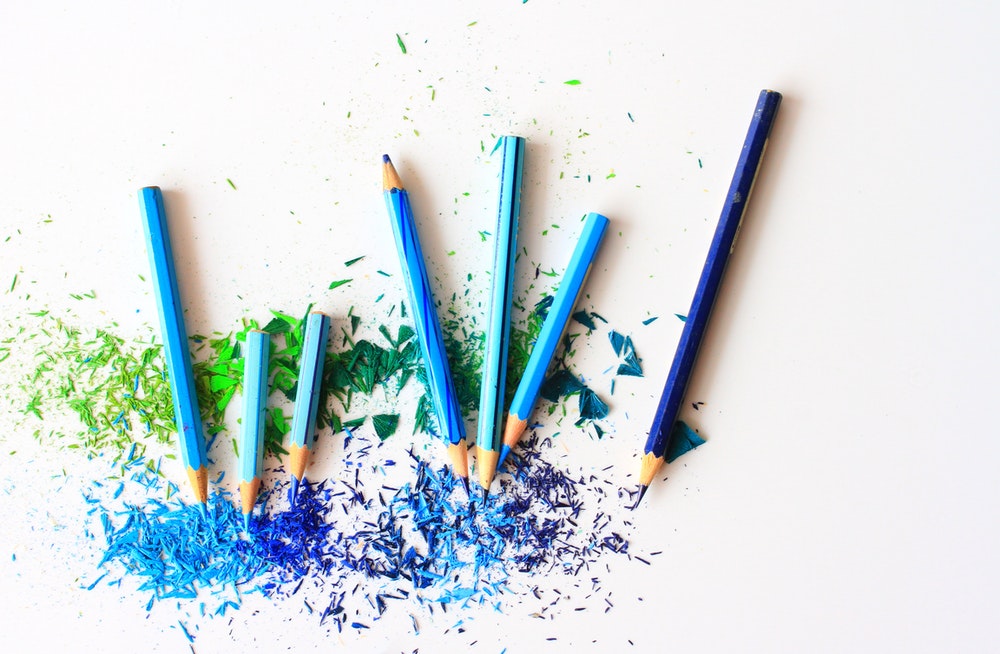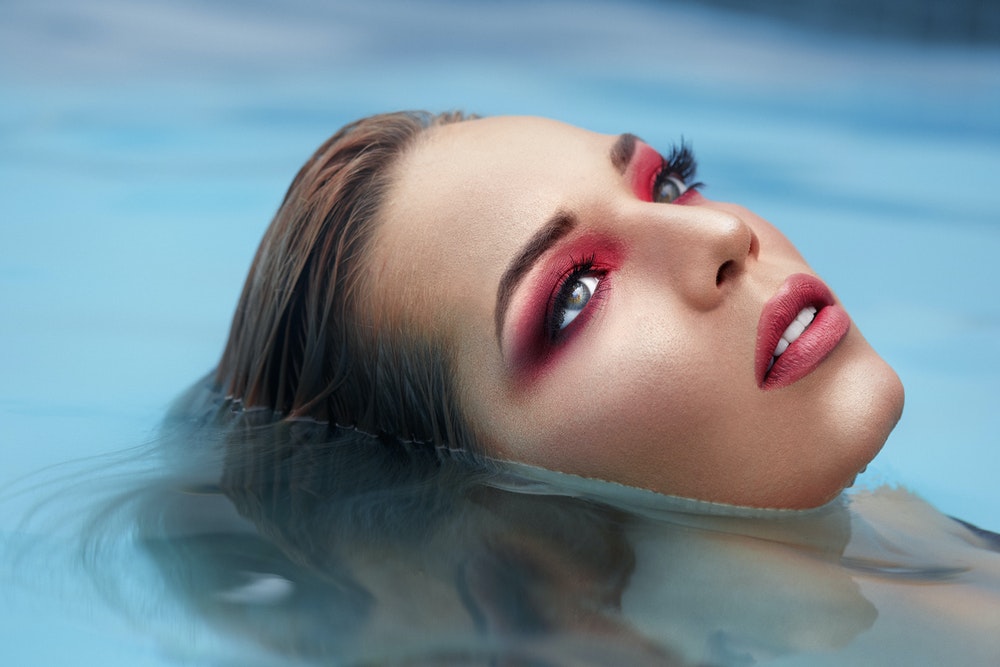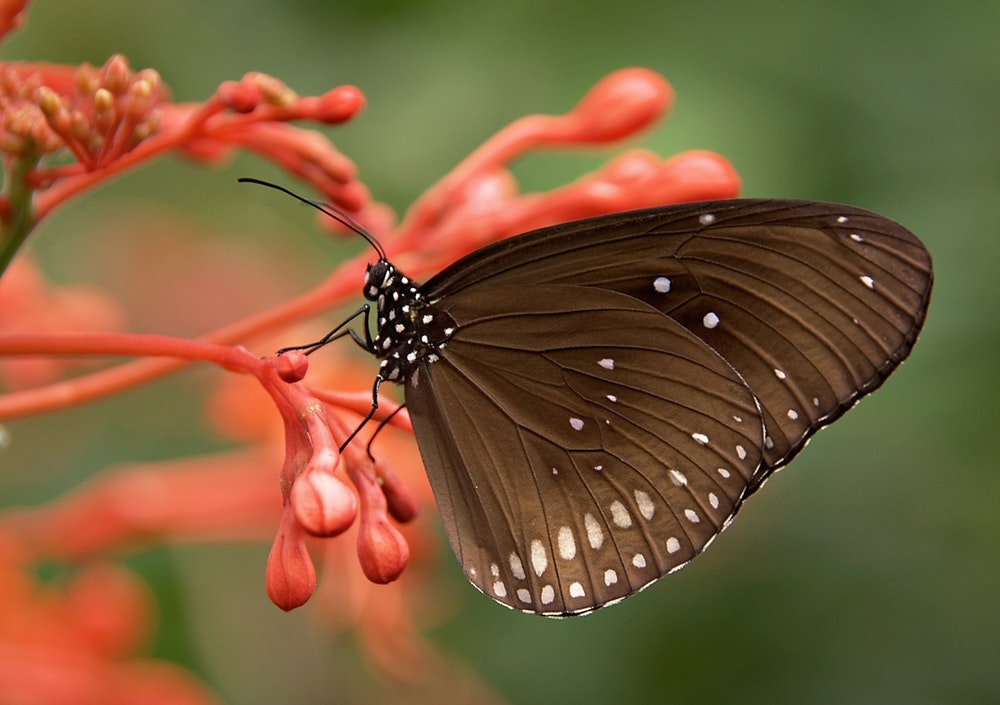How to Take Sharper Photos Straight From the Camera

There is one element that many photographers struggle to get when taking a photo, and that is sharpness. At times, blurs can be called for, however most of the time, we all aim to get sharper (pardon the pun). In this article, I share effective tricks on how to take sharper photos, straight from the camera - no need for post processing trickery.
Some images demand to be very sharp in order to be extraordinary. This article is about making your photos sharp and we will do it by sharing some tips for sharper photos. But before we jump to the main portion, let us talk a bit about what does the term sharp mean in a photo?
What makes a photo sharp?
Before we get into the tips on how to take sharper photos, it would be nice to cover the meaning of "sharper photos". Sharp photos are the ones you see with very succinct edges, perfect stabilisation and overall, a sense of pixel perfection.
Sharper photos are obtained by keeping your camera very still, using the right camera settings and then following the tips in this article.
Once you are able to adjust your gear like this and use the right settings, you will get a photo with ultra-clear lines, visible fine details, and no blur effects.

Tips to get sharper photos without post processing
Since you are likely aware that Photoshop, Lightroom and other post processing tools have sharpness options (which are very good), let's focus our efforts today on how to take sharper photos straight from the camera, which means we don't need to spend as long hunched over a laptop getting them pixel perfect.
If you want to start always getting sharper photos, have a read of the following eight effective photography tips, and give them a try next time you are shooting.
Make sure to breathe
When not using a tripod (see below), it is really important to understand and focus on your breath. I'm not talking some mindfulness here; what I mean is you'll find that your hands shake more when breathing in, changing your breath flow or when you hold your breath too long.
Many photographers find that pressing the shutter is best when slowly breathing out. Remember to keep the camera in your relaxed arms, and not against your chest.
Want to earn money from your hobby?Sign up free as a Stockphoto.com contributor today!
|
Learn to use the right aperture
There is a wide range of camera lenses available in the market. Each lens can give you the sharpest photo only at one aperture. Talking about this spot for every lens is far beyond the scope of this tiny article but we can give a brief overview regarding it. Usually, the aperture that is 2-3 stops below the widest one can give you such results.
Talking of the number, the best possible aperture will be somewhere around f/8 in the majority of camera lenses. Along with aperture, there are some other factors to consider as well.
You have to set the right aperture speed and better depth of field but sticking around this value will be very helpful for you.
Pressing the shutter button
Talking about the tips for sharper photos, everything matters. There is a special way of pressing the shutter button. Since you have to keep the camera steady, you must press the shutter button as gently as possible.
First, you have to keep your fingers in contact with the camera button right before you start shooting. Then, you should press the button like you are squeezing something. Don’t make a swift move as it may shake the camera. Even the slightest form of motion may ruin all your efforts.
If you don’t feel confident enough for this job, you can use a remote shutter release in this case. In case you don’t have one, use the self-timer feature to avoid touching the camera at the time you take the final shot.
Prefer a higher shutter speed
In order to obtain sharp photos, you have to keep your camera as steady as possible. Increasing the shutter speed will be very much helpful for you. This is because when your shutter speed increased, your camera is less likely to capture the movement and this is exactly what you want here.
A very popular rule called the rule of thumbs governs the situation here. It says that your shutter speed should be 1/the focal length of your lens. If you are using a 100mm lens, 1/100 or more will be the best option for you.
Always prefer lower ISO
It is very important to understand how ISO works with the other two elements in the exposure triangle. Knowing this helps you understand that there is one thing wrong with higher ISO. Whenever you increase the value of ISO, more digital noise is created as a result of it.
In case you have to take sharper photos, noise can do the biggest harm to you. So, the most obvious solution here is reducing the ISO.
The best value for ISO is around 100 to 200 in most cases. But you should be very attentive about whether there is a negative impact of low ISO value on your photo. If lowering the ISO is affecting the quality of your photo in a negative way, you must increase its value.
There is a very popular phrase in photography that goes on like this, “Rules are made to be broken”.

Use a tripod
A good sturdy but lightweight tripod is pretty much a mandatory accessory for any photographer working on how to take sharper photos while out in the wild (or the city streets).
Getting into the habit of using the right camera tripod just helps remove the chance of your arms or hands shaking, wind blowing your camera strap, a cough or breathing and the like.
Go with the single point focus mode
When you try to focus your camera on something, it will try to focus on more and more scene by default. This is a usual function of the camera where tries to capture as much scene as possible with proper sharpness. But this feature comes with a big drawback.
When there are multiple objects in focus, none of them are in sharp focus. So, in order to get sharp focus, you have to switch your camera to single point focus mode.
This feature has been designed to capture sharper images as it lets your camera focus on just one point. In most cases, you have to focus at the centre of the frame. Before clicking the capture button, half-press the capture button in order to aim at the desired spot. It will give you some view of how sharp your subject is going to appear.
Learn to use the image stabilisation feature
Several people tend to go with just vibration reduction features. The vibration reduction feature works well when you hold the camera with your hands but it is not much effective in case the camera is mounted on a tripod.
Image stabilisation isn't just useful for long exposure photography. Once you turn ON the image stabilisation feature, you may get about three additional exposures. And three exposures are enough to make the difference between a sharp photo and a blurry photo.
Photographers! Earn a $200 Sign up Bonus... |
|---|
Interested? Sign-up here(more details) |
Final thoughts
There is a wide range of tips for sharper photos and it is not possible to discuss them all in a single article.
But the ones mentioned above might prove to be useful enough to help you get the perfect shots. Once you start doing it, you will learn a large number of things along the way.
About the Author
Miles Burke is the editor of the CREATE blog, as well as frequent blogger and founder of a Perth digital agency. When he isn't doing all that, he can be found working on improving his own photography skills.


